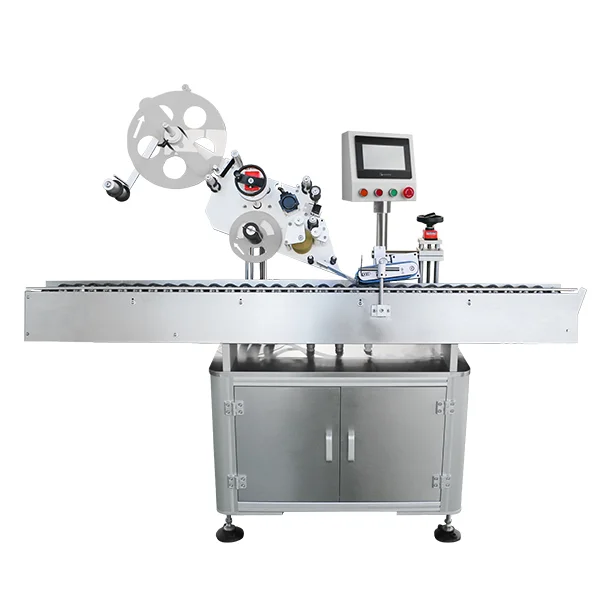In recent years, PVC (Polyvinyl chloride) ceilings have gained popularity due to their affordability, durability, and aesthetic appeal. However, concerns have been raised regarding the potential health risks associated with PVC materials. This blog post aims to delve into the topic and provide an in-depth analysis of whether PVC ceilings are harmful to human health.
- Understanding PVC Ceilings:
PVC ceilings are made from a synthetic plastic polymer known as polyvinyl chloride. They are widely used in residential and commercial buildings for their versatility, ease of installation, and resistance to moisture and fire. PVC ceilings are available in various designs, colors, and textures, making them a popular choice for interior decoration. - Chemical Composition of PVC:
To evaluate the potential health risks, it is crucial to understand the chemical composition of PVC ceilings. PVC contains additives such as plasticizers, stabilizers, and pigments. These additives enhance the flexibility, stability, and appearance of the material. However, certain additives, such as phthalates, have raised concerns due to their potential adverse effects on human health. - Health Concerns Associated with PVC Ceilings:
a. Phthalates: Phthalates are plasticizers used in PVC production to increase flexibility. Some studies suggest that exposure to phthalates may lead to reproductive and developmental issues, hormonal imbalances, and respiratory problems. However, stringent regulations and advancements in PVC manufacturing have significantly reduced the presence of harmful phthalates in modern PVC ceilings.
b. Volatile Organic Compounds (VOCs): PVC ceilings may emit low levels of VOCs, especially during the initial installation phase. Prolonged exposure to VOCs can cause eye, nose, and throat irritation, as well as respiratory problems. However, proper ventilation and choosing PVC ceilings with low VOC emissions can mitigate these risks effectively.
c. Fire Retardants: PVC ceilings are often treated with fire retardant additives to enhance their fire resistance. While these additives are generally safe, some older PVC products may contain hazardous flame retardants, such as PBDEs (Polybrominated diphenyl ethers). It is crucial to choose PVC ceilings that comply with modern safety standards to avoid potential health hazards.
- Safety Measures and Regulations:
a. Quality Assurance: Opt for PVC ceilings from reputable manufacturers that comply with international safety standards. Look for certifications like ISO 9001 and ISO 14001, ensuring the product's quality and environmental responsibility.
b. Proper Installation: Ensure proper ventilation during installation to minimize VOC emissions. Follow manufacturer guidelines and hire professional installers to ensure a safe and secure installation process.
c. Regular Maintenance: Regularly clean and maintain PVC ceilings to prevent the accumulation of dust and potential allergens. Use mild, non-toxic cleaning agents to avoid chemical reactions that may release harmful substances.
Conclusion:
While PVC ceilings have faced scrutiny regarding their potential health risks, advancements in manufacturing processes and stricter regulations have significantly reduced these concerns. By choosing PVC ceilings from reputable manufacturers, ensuring proper installation, and practicing regular maintenance, the potential health risks associated with PVC ceilings can be effectively minimized. As with any construction material, it is essential to stay informed and make informed decisions to create a safe and healthy living environment.


